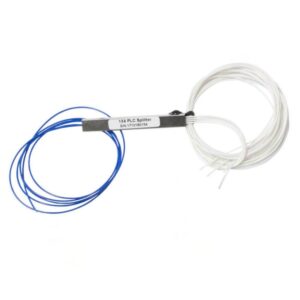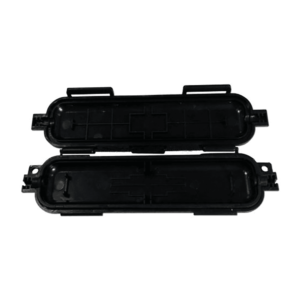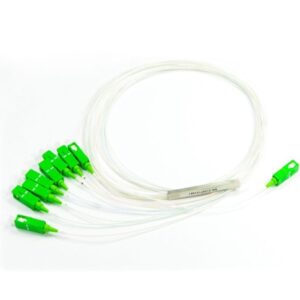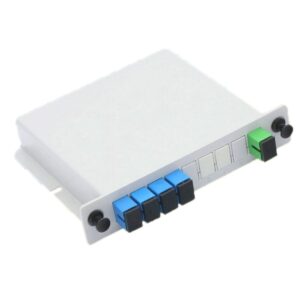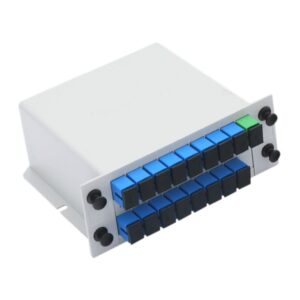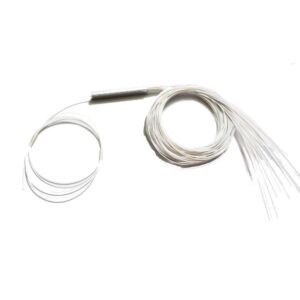- info@aitekconnect.com
- 3146 Koontz Lane, Canada
- Support Live Chat
- info@aitekconnect.com
- 3146 Koontz Lane, Canada
- Support Live Chat

A 2U IT rack is a type of server rack designed for organizing and housing information technology (IT) equipment. The “U” in 2U stands for “rack units,” which is a standard measurement for the vertical space within a rack. One rack unit is equivalent to 1.75 inches (44.45 mm) in height.
Therefore, a 2U IT rack has a vertical space of 2 x 1.75 inches, which equals 3.5 inches (88.9 mm) in height. These racks are relatively small and are commonly used for compact setups, such as in small offices, home offices, or when only a few pieces of equipment need to be housed.
Here are some key features and considerations for a 2U IT rack:

